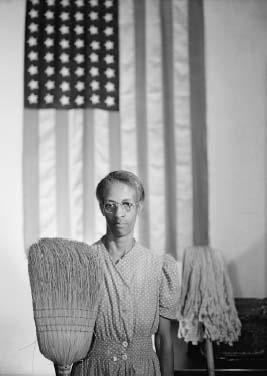JournalismPhotojournalism |
What contributions did Gordon Parks make to photojournalism? |
Gordon A. Parks Sr. (1912–2006) became the first black photojournalist on the staff of Life magazine, in 1949. Born Gordon Roger Alexander Buchanan Parks in Fort Scott, Kansas, he was the youngest of fifteen children. After his mother died when he was sixteen, Parks moved to St. Paul, Minnesota, to live with his sister and her family. He moved back and forth from St. Paul to Minneapolis and Chicago. While working as a waiter on the North Coast Limited, he was inspired to become a photographer. He began his career in 1937 with a camera purchased in a pawnshop; it became what he called his “weapon against poverty and racism.” He returned to Chicago where he captured much of the South Side slums on his camera. Parks was the first black to receive a Rosenwald Fellowship for photography; in 1942 he was the first black to work for the United States Farm Security Administration as a photographer; and, in 1943, the first to work for the United States Office of War Information as a photojournalist and war correspondent. Parks was named the Magazine Photographer of the Year in 1961. A gifted film director, he was the first black to direct movies for a major studio, including the feature film Shaft. He also gained fame for his autobiographical books, A Choice of Weapons and The Learning Tree.

In a twist on artist Grant Wood’s well-known painting “American Gothic,” photographer Gordon A. Parks Sr. titled this photo of cleaning woman Ella Watson as a comment on racism and poverty in America.
